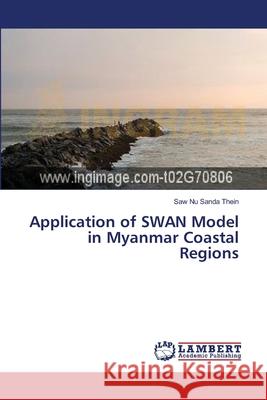Application of SWAN Model in Myanmar Coastal Regions » książka
Application of SWAN Model in Myanmar Coastal Regions
ISBN-13: 9783659545184 / Angielski / Miękka / 2014 / 96 str.
Increased utilization of the coastal zone to a multitude of activities including various shoreline developments related to transportation, tourism, fish farming and the increasing the wind and wave energy industries have lead to a growing demand for reliable information on the wave conditions. Waves are one of the dominant phenomena that shape a coastline: they are largely responsible for beach erosion, long shore drift and elevated water levels. Waves transport energy from remote area of the ocean to the coastline. When unleashed in the breaking process, this energy erodes beaches and can damage and destroy coastal structures such as sea walls, jetties and breakwaters. Due to the absence of field data, numerical simulation becomes more important.To obtain realistic estimates of random, short-crested wind-generated waves in such condition for a given bottom topography, wind field, water level and current field, the numerical wave model SWAN (Simulating WAves Nearshore) can be used. SWAN wave model can be used not only for helping us to realize the wave effects on the coastal structures but also to predict the wave climate and characteristics in wave hind-casting.











